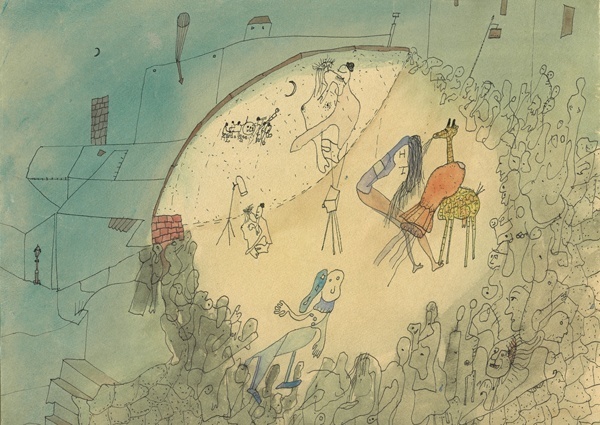
Private Collection, Germany
Katy Siegel’s new three-part exhibition series, Rose Projects, at Brandeis University’s Rose Art Museum, focuses on seemingly disparate connections between artists. The first part, Rose Projects 01A: The Matter That Surrounds Us, featuring Wols and Charline von Heyl, German contemporary abstract artists from different time periods, united in their profound resistance to categorization of any kind, is now closed; the second part, currently on view through December 2014, is Rose Projects 1B: 1914: Magnus Plessen, which shows Plessens’s work alongside related artifacts. The third, Rose Projects 1C: Painting Blind, opens in February 2015 and will present work by Willem de Kooning, Frank Auerbach, Maria Lassnig, and Georg Baselitz.
Siegel is curator-at-large at the Rose Art Museum. She is also a professor of art history at Hunter College, and chief curator of Hunter College Galleries. She has written numerous catalog essays for artists, including Baselitz, Dana Schutz, Wols, Plessen, Takashi Murakami, Lisa Yuskavage, Rineke Dijkstra, Paul Pfeiffer, Mark Bradford, and Richard Tuttle. She is the author of Since ’45: America and the Making of Contemporary Art (2011), Abstract Expressionism (2011), and Money (Art Works) (2004), which she co-authored with art critic Paul Mattick. And she has curated many shows, such as High Times, Hard Times: New York Painting, 1967–1975 with Independent Curators International. Siegel is known for her forthrightness in approaching delicate art world issues, favoring work that defies easy interpretation, and for finding new ways to present these ideas.
We corresponded via email in the early weeks of fall, before classes began. She responded quickly, and enthusiastically.
—Cynthia Cruz for Guernica
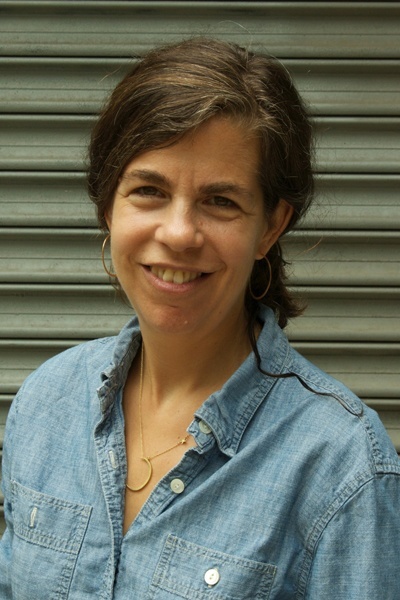
Guernica: Let’s begin with the series Rose Projects that you are curating at the Rose Museum, at Brandeis. The Matter That Surrounds Us presents work by Wols and Charline von Heyl. Aside from the obvious links—von Heyl’s experience of seeing Wols at the Ludwig in Cologne as a child, and his influence on her work—the connections between the two artists are loose. It appears to be saying that it’s enough to show the two artists’ work side by side and allow the viewer to make her own connections. This seems to me to be a more European, or non-American, method of curation. What did you have in mind when you first imagined the series and the shows? Is this looseness intentional?
Katy Siegel: I hope the looseness doesn’t come across as capricious, as playing fast and loose with history according to my own associative whims. I’m trying for quite the opposite: a sense of history that is less the imposed, linear caricature so often favored by art historians, and more the history of artists. I attend to artists: the way they think and perceive other artists, their social contexts, rather than simply advancing my own theories. Artists are not—with the exception of some American artists emerging from the American academy during a very short time in the 1960s and 1980s—Hegelian thinkers. Neither Wols nor Charline von Heyl is embedded in history in that art historical sense of being clearly part of, and resembling, a like-minded cohort; neither are they clearly the genetic product of those immediately before them. They are both particularly strong-willed, independent thinkers who choose their histories. What may seem European about the shows is my willingness to risk (and the Rose’s willingness to support that risk) something beyond the sure-fire, blue-chip monograph. American museums are much less likely to try out ideas; the shows are too big, too expensive. The stakes are too high for hypotheses.
Artists can grow weary of the incessant wish to label, classify, and name what they do, not because the wish is intellectual, but because it is an abstracting impulse.
Guernica: All three artists in the first two Rose Projects shows resist reductive analysis: you have Wols and his reverence for Zhuangzi’s philosophy of turning away from the world; von Heyl’s reinvention of herself as a painter with each new work; and Plessen, too, with the fluid movement of objects in his paintings. At a time when it seems that, increasingly, artists are feeding critics and curators the context that encourages the packaging of their work, what does it mean for an artist to resist analysis and/or contextualization?
Katy Siegel: In general, this kind of resistance has sometimes been cast, not surprisingly, by academic critics as anti-intellectualism, or a blanket dislike for what has been called “theory”—also silly, since artists like von Heyl and Plessen love brilliant literature and philosophy. Neither is it reflexive contrariness, although some artists have that attribute, and it can be amusing. But artists can grow weary of the incessant wish to label, classify, and name what they do, not because the wish is intellectual, but because it is an abstracting impulse. The critic takes something material and specific and renders it general—creating false homologies, and failing to attend to the thing in front of her. All too often, these mirages reflect the critic rather than the artist, a self-image rendered in the form of a pet theory or pre-existing project. I am guilty of this too, of course. Here’s something Goethe wrote in 1792:
One cannot be sufficiently careful to prevent a quick jump from empirical experiment(s) to theoretic conclusion and must decline temptations to hastily “prove” a theory. At the very points of transition from experience to deliberate theory, and, later, from theory to application, lie in wait all the foes of the human soul. Here the scientist’s imagination soars like an eagle, while he still believes to have his feet on the ground. Impatience, haste, self-satisfaction and complacency, rigidity, preconceptions, prejudices, indolence, frivolousness, fickleness and many other members of the fiendish gang, all are here amassed and lie in ambush ready for attack to score a triumph over the passionately engaged, as well as the cooly detached, scientist.
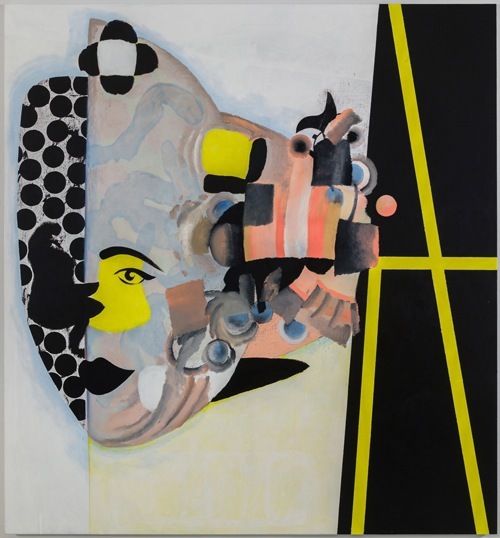
Courtesy of the artist and Petzel, New York
Guernica: Why these artists, and why now?
Katy Siegel: All of these artists, of different generations, work at the intersection of, and ultimately in disregard for, the categories of abstraction and representation. There are many more artists who fit this description than these seven, but they are among the very, very best, and among those who declare this disregard directly. The selection is arbitrary to the extent that they are all artists I love. As for why now: I’ve been working on these issues for about five years, because I saw younger artists unaware of what they were up to, why they painted in a certain way, why they were drawn to material interference, to touch and conflict with image. I wanted to make a history, and give it some context and sense, and a place to look and think about these things. I realized after I had been researching for a while how profound the artists’s position was politically and philosophically.

Courtesy of the artist and Konrad Fischer Galerie, Berlin
Guernica: In your book Since ’45: America and the Making of Contemporary Art, you return repeatedly to the theme of class and the entrance of white middle-class artists into the art world, and how this has altered it. You quote the painter Allan Kaprow, from his essay “The Artist as a Man of the World” (1964):
“The men and women of today’s generation [of artists]…are indistinguishable from the middle class from which they come and toward whose mores—practicality, security, and self-advancement—they tend to gravitate.” What does this mean for the artist who does not come from a white middle-class background? How do you see this affecting the art world, in general?
Katy Siegel: I wrote about American whiteness and middle-class identity because they are normally invisible. When we talk about Cindy Sherman or Robert Longo or Laurie Simmons, we don’t mention any of this, even though, to their credit, these artists are interested in this historically, and socially, specific culture, rather than pretending it doesn’t exist. For me, it’s important to look broadly for good artists working from a range of social positions, but also to treat the “mainstream” artist as equally imbued with social meaning. Curators and critics are largely white. What this means for artists of color is that they don’t get as many chances. It’s that blunt, just like people looking for work in any field. And who is buying and selling the work matters even more than who is writing about it.
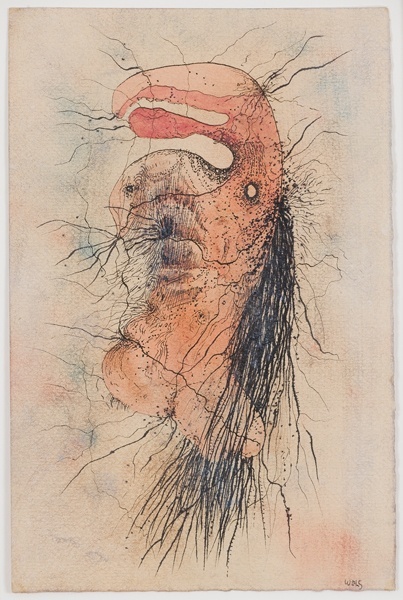
Karin and Uwe Hollweg Stiftung, Bremen
Guernica: In an interview by Ben Davis with the Yams Collective about their withdrawal from the 2014 Whitney Bienniale, member Andre Springer said:
Also, the idea of looking at inclusion not from the perspective of “we need numbers,” but actually of having the knowledge to understand different aesthetics, about where different art comes from and what that means. Not just, “We need two black people. We need an Asian. We need some queer people.” We want to see people actually genuinely appreciate the aesthetic of the diversity that is America, and propel that into the art world.
How do you imagine the current situation (that Springer describes) might be changed? Have you seen any progress in this area?
Katy Siegel: It’s definitely not enough to have well-meaning white people giving people of color the occasional show. The situation needs to be changed in a more fundamental way: by hiring more people of color at institutions, which all of a sudden is actually happening, especially at high-profile institutions that feel the pressure to be socially progressive. Plus, it is fashionable right now. It would be a further step if smaller institutions followed suit, if graduate programs and institutions developed scholarships and internships specifically to foster the careers of young people who don’t automatically have entrée to this world. But the professions around art are historically upperclass pursuits; political revolution is the only way that could ever change this completely, and in that eventuality, who knows whether art would even exist in its current form.

Courtesy of the artist and Petzel, New York
Guernica: The artists you’ve included in the Rose Museum shows seem to me to be interested in making something out of nothing, rather than simply reflecting the current situation. Constructing, rather than destructing. In what ways do you see their work as political?
Katy Siegel: There are of course a lot of painters that belong to this obvious, but untold, history of the postwar intersection of representation and abstraction. Some just like the look of a materialist, gestural figuration; the ones I am particularly interested in are consciously engaged with the non-acceptance of those categories, the political valence of that rejection, and the profound physical and speculative power of interrupting the known—representation—with the unknown—direct experience. So this could also include Francis Bacon, whose paintings have become almost impossible to borrow because of their value, and also younger artists such as Albert Oehlen and Peter Doig. I wouldn’t want to confuse this story, which is very international, and about individual artists detaching from or contradicting their social moment, with the story in Since ’45, which is, by contrast, a social history.

Collection of Tim Phillips, courtesy of the artist and Konrad Fischer Galerie, Berlin
Guernica: In Since ’45, you write:
Many deliberately, formally collective or collaborative art practices like that of Bernadette Corporation and the Bruce High Quality Foundation, fashionable at the turn of the twenty-first century, contrast sharply with earlier collective endeavors such as Womanhouse or entities like the Critical Art Ensemble; instead of challenging the commercial culture of the art world, their group synergy and multiple endeavors acknowledge the commercial structures of the larger world.
This is something I have noticed as well: projects that begin as seemingly progressive and then, as time passes, reveal themselves to be no different from the very commercial endeavors they claimed to be against. Do you think it is at all possible, in the current climate, where the art world is intertwined with money and commerce, for true alternative structures to appear?
Katy Siegel: Well, there are all the millions of artists who can’t make a living as an artist, and that may not be an alternative—it’s really a part of the same world—but as others have suggested, this is always a potential source of some other kind of values, some other power. Just as the unemployed and the working class are a source of potential in the larger work force, these people could always decide collectively that they want another kind of system.
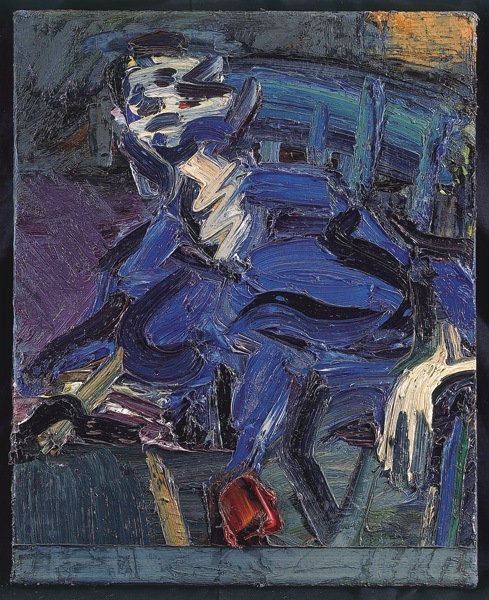
Private Collection, New York
Guernica: Do you have any upcoming curatorial projects or books that you’re currently at work on?
Katy Siegel: Yes, a few over the next few years. I’m editing a book of Jack Whitten’s studio logs, and also a publication called “The Heroine Paint” that traces the developments in stain painting in conjunction with issues of decoration, material and control, and gender. There is a parallel exhibition that opens this spring called Pretty Raw. In the longer run, I’m working on a historical exhibition titled Organism that looks at the intersections of natural science, nature, and metaphysics, primarily in mid-century American art. That is a really rich, exciting project still in the research phase.
To contact Guernica or Katy Siegel, please write here.
